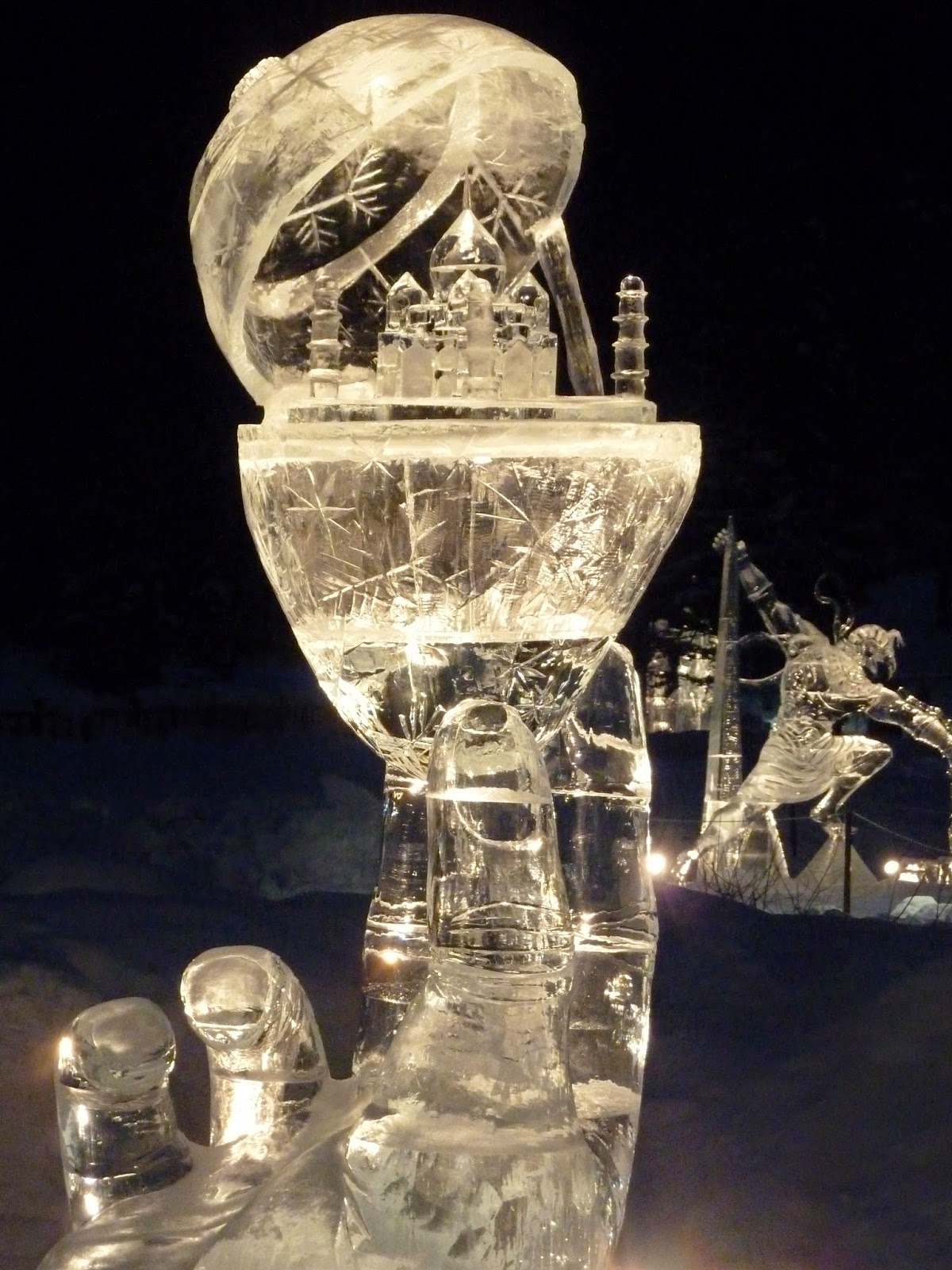We just got back from Cuba, and enjoyed both snorkelling in really warm water (hurray!), and birdwatching in the jungle. We saw some great species that are native only to Cuba, like the Cuban trogon, or “tocororo,” which is the country's national bird, and also the Cuban tody, which looks like a chunky, souped-up hummingbird.
 |
| Cuban trogon |
 |
| Cuban tody |
But we also saw lots of warblers, birds that we think of as Canadian species. There were yellow warblers, yellow-rumped warblers, common yellowthroats, and lots of American redstarts. These four warblers – and many others – winter in the tropics, and spend their summers in North America. All the ones we saw “down there” are also found nesting “up here” in Banff National Park.
But the best Cuba / warbler connection was waiting for us when we got home: we were catching up on episodes of Quirks and Quarks, our favourite science show on CBC radio, and there was a feature story about the newly confirmed migration route of the blackpoll warbler.
Blackpoll warblers are lovely black and white striped warblers, weighing in at about half an ounce, or 12 grams. It's long been known that they gather in the fall in places like Nova Scotia, Vermont, and Maine, and then head south. That's pretty normal warbler behaviour, but the problem is that south of the Carolinas, they are almost never seen... which is strange, because warblers like to fly over land, so they are usually easy to observe on their southward migration. With blackpolls, it seems like they just disappear. By the mid-20th century, reports of blackpoll warblers landing on ships out in the Atlantic during autumn offered up the first clues about where they were going: they were migrating over water!
 |
| Blackpoll warbler, wearing a geolocator. Photo courtesy of Vermont Centres for EcoStudies |
Well, now we know the whole story. Dr Ryan Norris, from the University of Guelph, was able to put tiny geolocators on the backs of the warblers. These geolocators record the timing of sunrise and sunset, and were used used to tell the longitude and latitude of the birds who were wearing them.
This spring, Dr. Norris and his colleagues published their findings: blackpoll warblers leave Nova Scotia in late September or October, fly 2,500 km over open ocean in three straight days, and then touch down in either the Bahamas, Puerto Rico, Haiti or Cuba! From there, they refuel, and continue south to winter in Venezuela or Columbia.
It puts our Cuban migration (courtesy of Westjet) to shame.
Here's the
Quirks and Quarks episode, if you want a listen. (The interview starts after the theme music and intro, about one and half minutes into the podcast.)




































